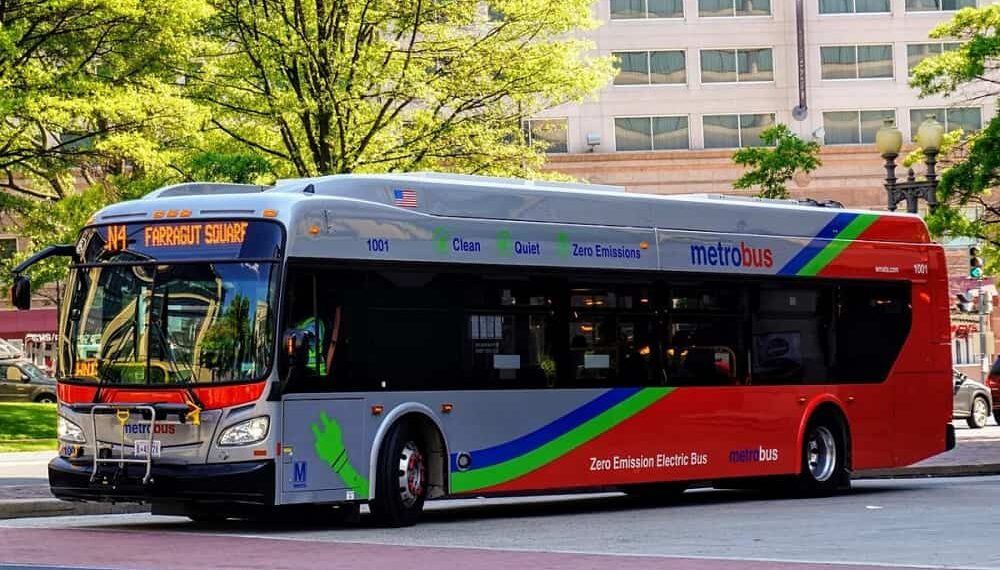Transport for London (TfL) has announced that the capital has now passed a major milestone of more than 1,000 zero-emission buses operating on the city’s streets, now more than one in nine buses emitting zero emissions.
TfL aims to completely transition to a zero-emission bus fleet by 2034, a target that could potentially be reached by 2030 with continued governmental support. The evolution is evident, with the number of fully zero-emission bus routes skyrocketing from five to 54 since 2016, accompanied by 15 routes utilising a blend of low and zero-emission buses. The number of zero-emission buses has leaped by over 3,000% from 30 in 2016 to a current figure of 1,000.
The shift to zero-emission buses profoundly impacts London’s air quality and the decarbonisation of its transport system. The endeavour aligns with TfL’s commitment to achieving net zero carbon in the city by 2030, potentially saving approximately 5.5 million tonnes of carbon by 2030 with the help of government funding.
TfL now boasts the largest zero-emission bus fleet in Western Europe, boasting the least CO2 emissions per passenger kilometre compared to global counterparts like New York, Sydney, Paris and Vancouver. Newly added buses feature enhanced customer-centric attributes, encompassing improved flooring, seating, lighting and information provisions, while adhering to top-tier safety standards.


































